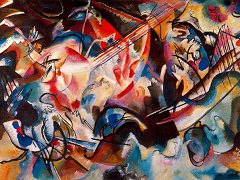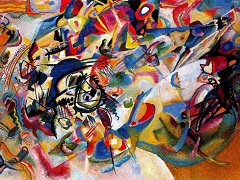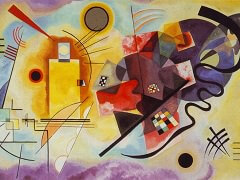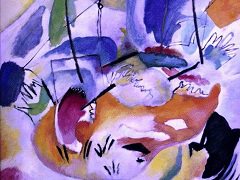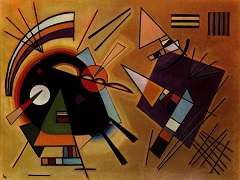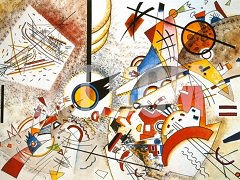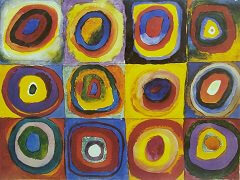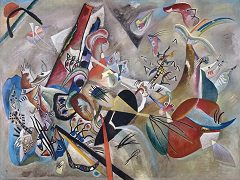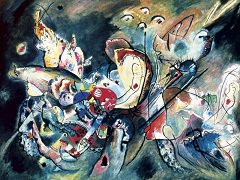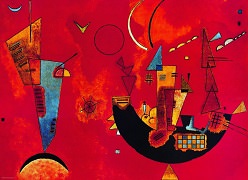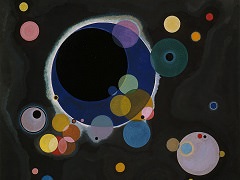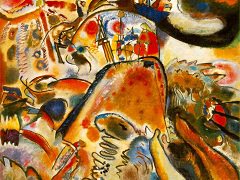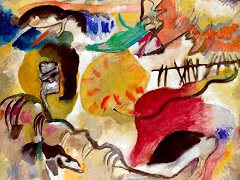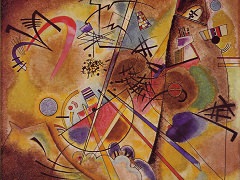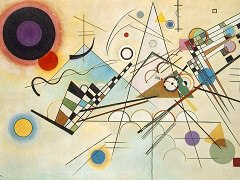Wassily Kandinsky's influnence on Jackson Pollock

Over sixty years have passed since Abstract Expressionism burst onto the New York City art scene, quickly attaining singular prominence as the first school in American painting to declare its independence from European styles.
New assessments of its impact and importance continue to emerge. Yet, while much has been written about the movement's broad range of stylistic diversity, its sociological and psychological dimensions, and its cultural
significance in the United States, little attention has been paid to the interaction of its artists on the international scene. Abstract Expressionism: The International Context fills this gap by providing an in-depth
exploration of this truly global art movement.
In the late 1930s and early 1940s, around the outbreak of World War II, many Surrealists fled Europe and settled in New York. Their interest in unmediated expression to reach the absolute soon influenced a young generation of
painters struggling to find a voice for American art. The new movement, which became known as Abstract Expressionism, was heavily indebted to the ideas of the European pioneers of abstraction, especially Wasily Kandinsky, whose
work was championed in influenced a young generation of painters struggling to find a voice for American art. The new movement, which became known as Abstract Expressionism, was heavily indebted to the ideas of the European
pioneers of abstraction, including Wasily Kandinsky, whose work was championed in this country by the Museum of Non-Objective Painting (subsequently renamed the Solomon R. Guggenheim Museum) beginning in 1939.
Inaugurated as the Museum of Non-Objective Painting in 1939, the institution exhibited the work of the great pioneers of abstraction in particular that of Wasily Kandinsky and played a major role in disseminating the new art
style in the United States.
Many of the Abstract Expressionists celebrated spontaneity and the exploration of the self in large paintings bursting with free form and gestural brushwork. The movement s free-wheeling spirit and its unbridled, heroic energy
are exemplified by the method of dripping paint directly onto the canvas used by Jackson Pollock.

